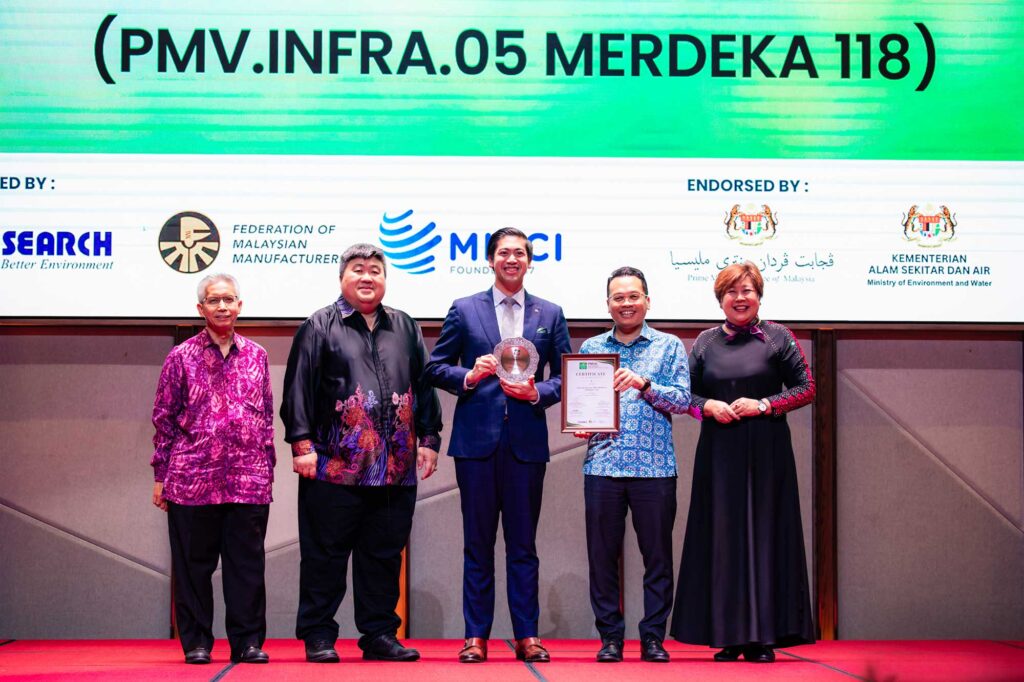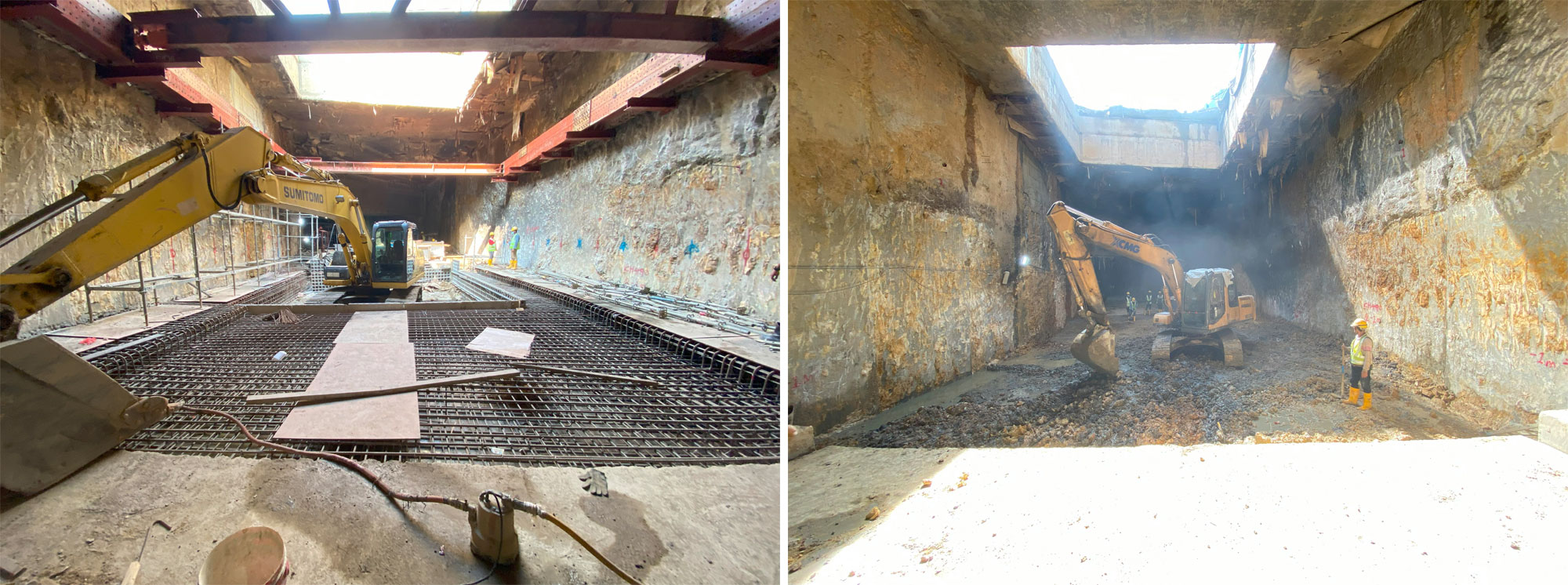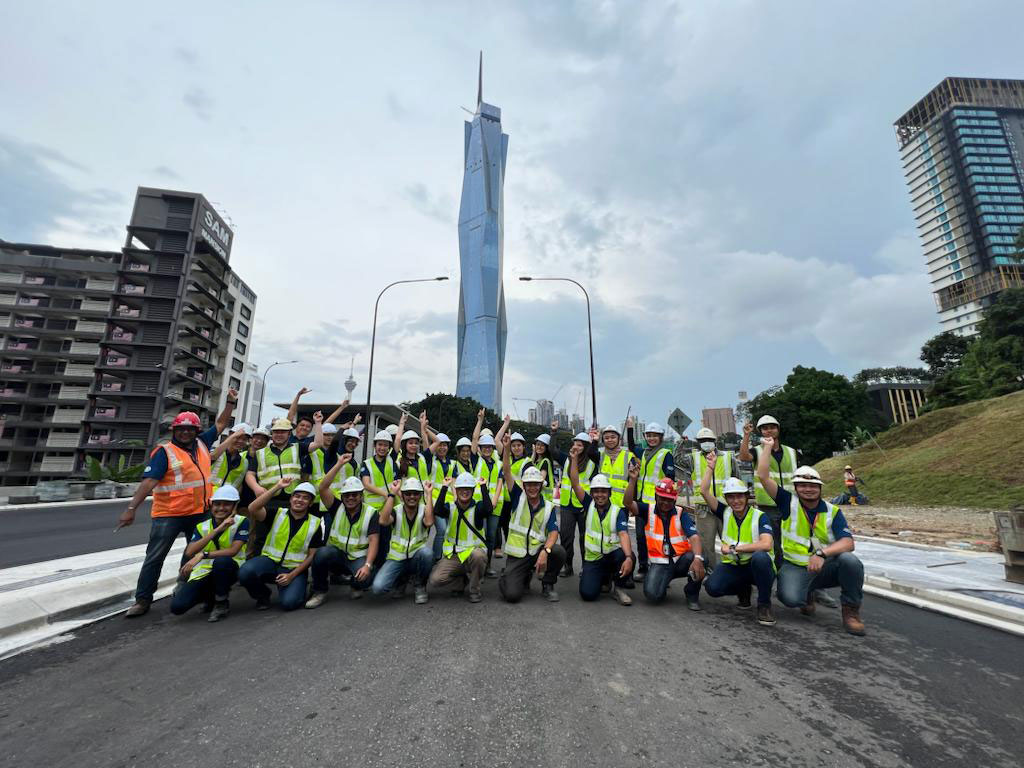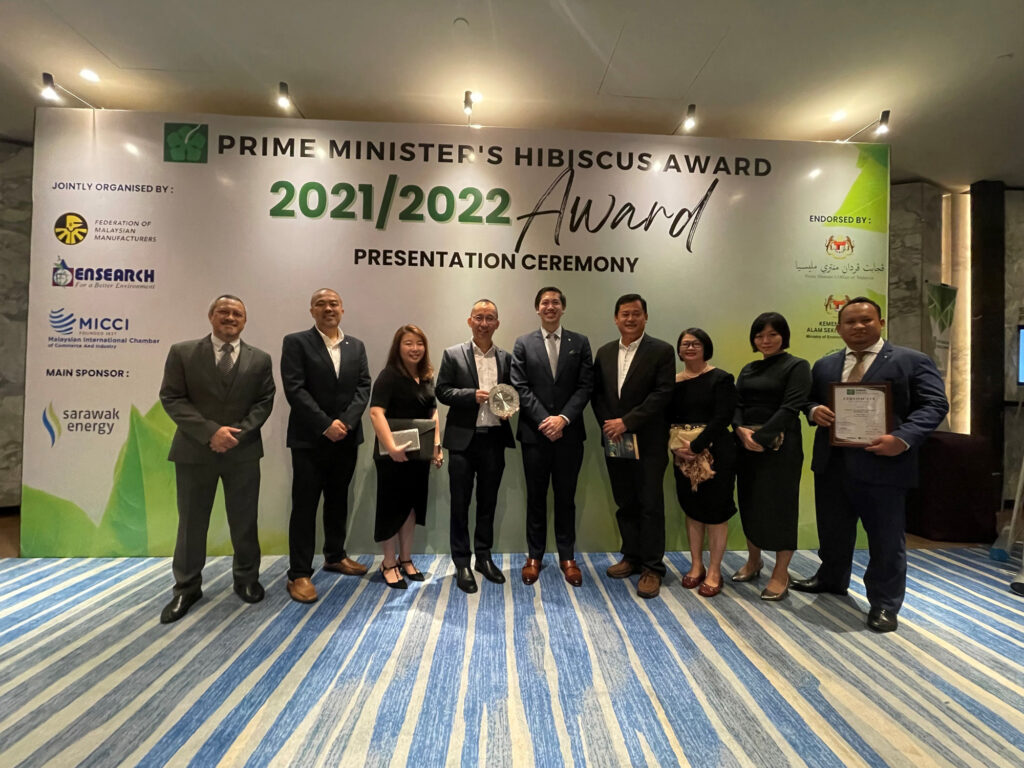Inspiring Environmental Leadership With Prime Minister’s Hibiscus Award
In an exciting moment of pride and accomplishment, Gamuda Berhad has been honoured with the prestigious Prime Minister’s Hibiscus Award (PMHA), Malaysia’s premier private sector environmental award for the 2021/2022 cycle.
We secured the Notable Achievement Award in Environmental Performance for our environmental efforts in the Merdeka 118 Infrastructure Package 05 project.
Times are changing within the construction industry, and gone are the days when environmental concerns are sidelined in favour of project progress and cost. Gamuda emerges as a trailblazer in the Malaysian construction industry, prioritising the environment to address the urgency of climate change.

“We are truly proud and honoured that our efforts have culminated in bagging the Notable Achievement Award for PMHA in our maiden attempt. We hope that this award will be the catalyst in breaking ground for a greener tomorrow and drive us to even greater environmental excellence,” said Andy Lee Choon Foh, general manager of Quality, Safety, Health and Environment (QSHE) Department.
“When the Merdeka 118 Infrastructure Package 05 project was announced in 2018, we just knew this was it. And when we got the award, we were so happy and proud. It’s our first submission for this award, and we got it!” enthused Lui Lee Yen, senior environmental manager of QSHE Department.
She also added that the award would not have materialised without the effort and team work from the project team as well as the QSHE team.
Lui and her team deem participating in similar awards such as the PMHA is important to gear up for international environmental awards.
Rigorous Evaluation Process

Thanks to this tunnel, visitors can now enjoy convenient entry to the tower through the Syed Putra Interchange.
Lui admits that the submission process is very stringent, which is no surprise for the country’s top environmental award. There were two stages in the submission process, with Stage 1 requiring applicants to meet 15 evaluation criteria such as leadership, priority and commitment, managing environmental issues, environmental accounting and eco-labelling, to name a few.

According to Shamsudin Yussof, the QSHE environmental manager, the Gamuda team invested almost six months of dedicated effort to prepare for stage 1 submission and stage 2 site preparation for assessment. This comprehensive exercise involved collaboration among several teams, namely the project operation team, project Safety, Health and Environment (SHE) team and the Group QSHE team.
The submission underwent extensive evaluation, requiring a minimum score of 50 to progress to stage 2 site assessment. During the stage, assessors appointed by the PMHA secretariat conducted a thorough site audit before assigning a final score.
Gamuda’s Eco-Solutions for the Merdeka 118 Infrastructure Project
The Merdeka 118 Infrastructure project encountered a myriad of challenges due to its central location in the bustling city of Kuala Lumpur. The confined space is an additional hurdle in implementing robust control measures for environmental protection. However, the construction team at Gamuda met the occasion head-on, demonstrating ingenuity and deploying innovative solutions to overcome these obstacles.
One such example is the construction of a concrete sediment basin, which replaced the conventional sediment basin due to limited space. This adaptation stands as a testament to our commitment to complying with environmental standards while addressing the project’s unique challenges.

“We also engaged a SAMM Accredited Laboratory to conduct environmental monitoring for several parameters such as water quality, air quality, noise and vibration levels even though it was not a client requirement. By taking these extra steps to protect the environment and minimise disruption to the public, we showcased our dedication to sustainable practices,” says Khairun Dalila Salihin, environmental officer of the Merdeka 118 Infrastructure project.
Furthermore, the construction sequence followed a top-to-bottom method, starting with constructing both sides of the diaphragm wall. Subsequently, excavation was carried out to build the slab structures from the roof to the base level.
This method is different from the conventional bottom-to-top construction method. It does not require a vast excavation area. All excavation work was done within the two sides of the diaphragm walls. Hence, the earthworks and structural works reduced the impact on the surrounding environment and minimised the social implications for the public.
Inspiring Future Environmental Initiatives
Lui emphasises that this achievement is compelling evidence that construction companies can prioritise environmental commitments and achieve excellence in their projects.
After all, this marks the first time Gamuda received an environmental excellence award such as the PMHA (presented every two years since its inception in 1996), typically dominated by multinational companies and oil and gas corporations such as Petronas.

Coming on the heels of this win, Lui reveals enthusiastically that the company plans to participate in the following award cycle of the PMHA by submitting the Sungai Rasau Water Supply Scheme (Stage 1) project.
“We hope to inspire our other project teams through this win. We will keep this momentum going so they have the spirit to protect the environment,” she concludes.

